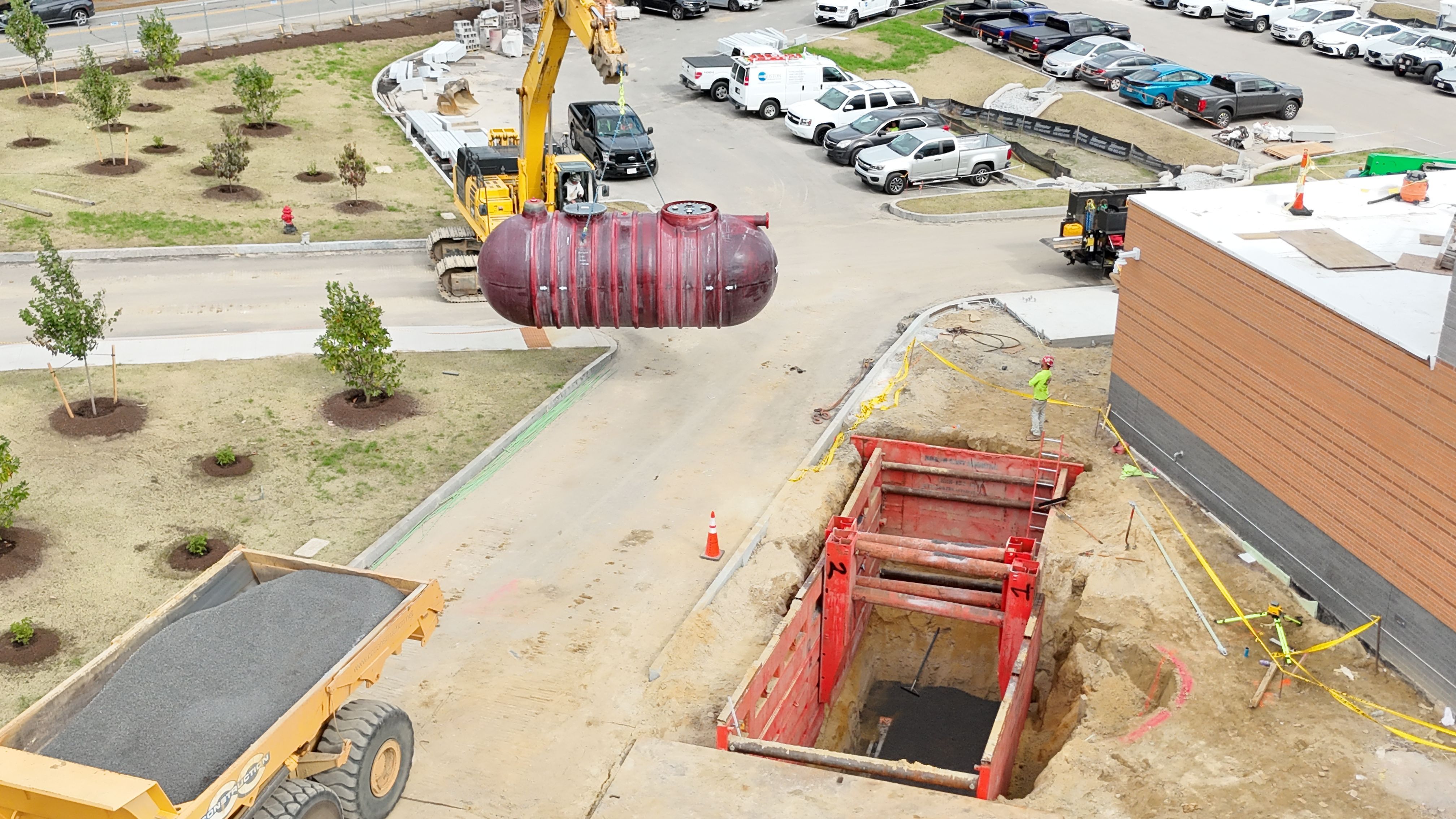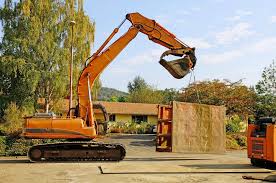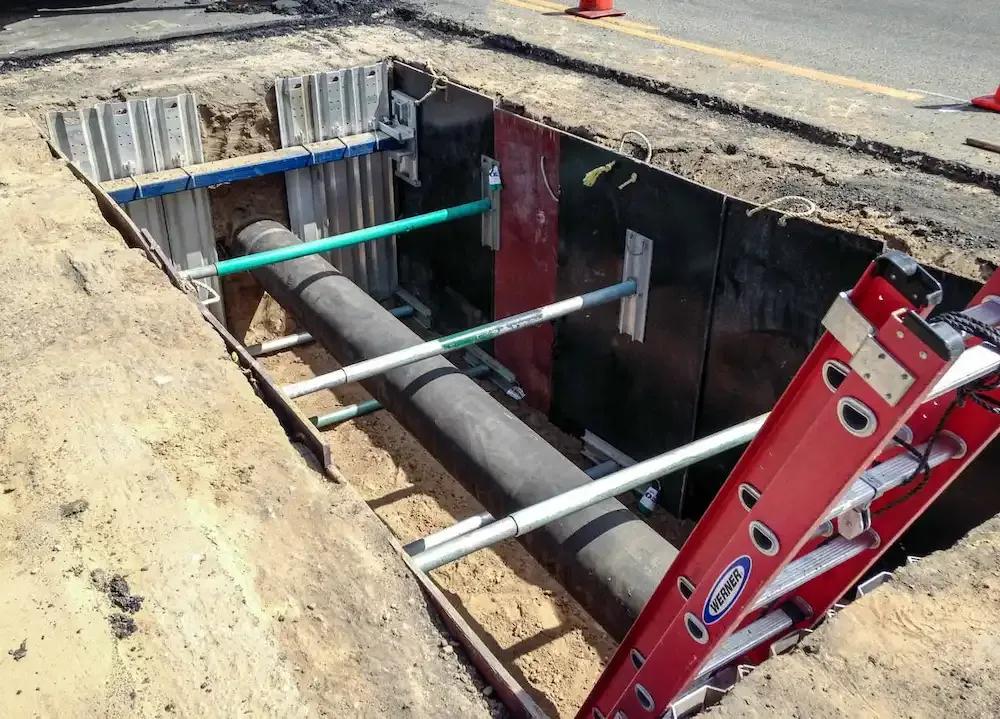Trenching is one of the most hazardous activities in construction, with cave-ins being a leading cause of fatalities and injuries. In response to these risks, OSHA and other regulatory bodies mandate the use of trench boxes and other protective systems to ensure worker safety. But simply having a trench box isn’t enough—it’s crucial that these protective systems are properly inspected and maintained to guarantee they function as intended.
In this article, we’ll explore why trench box inspections are vital, the specific factors that must be checked during these inspections, and how regular maintenance contributes to safety and regulatory compliance.
Why Trench Box Inspections Matter
Trench boxes are designed to protect workers from cave-ins and collapsing soil, but over time, wear and tear can affect their integrity. Without proper inspection, structural weaknesses can go unnoticed, putting workers at serious risk. By conducting routine trench box inspections, you can ensure that:
- Safety Risks Are Minimized: Inspections help identify potential hazards before they cause accidents. A well-maintained trench box prevents the soil from collapsing and provides a safe working environment for the crew.
- Compliance with Safety Regulations: OSHA regulations require that all trenching operations use protective systems, and these systems must be regularly checked to ensure they meet safety standards. Failure to comply can result in hefty fines and legal liabilities.
- Equipment Longevity: Trench boxes are a significant investment. Regular inspections and maintenance help to extend the lifespan of the equipment, ensuring it’s ready to perform reliably when you need it most.
What Should Be Inspected?
A thorough inspection is essential to ensure your trench box performs as expected. Here are the key areas to check during a trench box inspection:
1. Structural Integrity of the Trench Box
- Check for cracks, dents, and deformation in the material. Even minor issues can compromise the box's ability to protect workers.
- Inspect welds and joints for signs of stress or wear.
- Ensure that frames are square and rails are intact and properly aligned.
2. Lifting and Locking Mechanisms
- Inspect the lifts and locks that secure the trench box in place. Ensure these mechanisms work smoothly and reliably, as malfunctioning locks can cause the box to shift during use.
- Test for ease of operation to prevent delays during setup.
3. Soil Conditions and Load Capacity
- Assess the soil conditions around the trench box. Ensure that the box is being used in appropriate soil types, as certain conditions may require additional reinforcement.
- Verify that the trench box is rated to handle the anticipated load. This includes checking for any environmental conditions that could affect its performance (e.g., heavy rainfall, nearby equipment movement).
4. Dirt and Debris Build-Up
- Remove any debris that may have accumulated around or inside the trench box, as it can affect stability and function.
- Regularly clean the trench box to prevent any build-up that could obstruct the mechanism or create hazardous conditions.
5. Service and Maintenance History
- Keep a record of all previous inspections, repairs, and maintenance. This documentation helps track the condition of the trench box over time and ensures consistency with safety standards.
How Often Should Trench Boxes Be Inspected?
The frequency of trench box inspections depends on several factors, including the duration of the project, the frequency of use, and environmental conditions. Here are some general guidelines:
- Before Each Use: Always inspect trench boxes before setting them up for use. Check for any visible damage, functional issues, or anything that could compromise the safety of the workers.
- After Each Shift: For high-use projects or those exposed to extreme weather, inspect the trench box at the end of every workday. This helps identify any wear and tear that might have developed during use.
- Routine Inspections: Schedule more detailed inspections periodically throughout the project, particularly for long-term operations. This could be every 3–6 months, depending on the project's scope and the equipment's age.
Ensuring Compliance with OSHA and Local Regulations
OSHA mandates that trenching operations use protective systems like trench boxes for any trench deeper than 5 feet. In addition, these systems must be regularly inspected to ensure they’re functioning properly. Failure to adhere to these standards can result in:
- Heavy Fines: Non-compliance can result in fines, particularly if an accident occurs due to insufficient safety practices.
- Worksite Shutdowns: In extreme cases, authorities may halt operations until proper safety measures are in place.
- Legal Liabilities: Accidents or injuries caused by negligence in trench box inspections can lead to costly legal consequences.
What Happens If You Skip Inspections?
Skipping trench box inspections may seem like a time-saver, but the risks far outweigh the benefits. If an inspection reveals damage or malfunction and the issue is ignored, the trench box could fail when needed most, leading to catastrophic accidents or fatalities. This could result in:
- Increased risk of cave-ins and soil collapse
- Unnecessary injuries or fatalities
- Legal action and loss of reputation
Conclusion: Protect Your Crew, Protect Your Business
Regular trench box inspections are not just a safety measure—they’re an investment in the health and longevity of your project and equipment. Whether you’re using a trench box for a short-term job or as part of a long-term excavation project, making sure that it is in peak working condition will help you avoid unnecessary risks, downtime, and costs.
At Northeast Shoring, we provide high-quality trench boxes and offer comprehensive inspection and maintenance services. Trust us to keep your project compliant, efficient, and, most importantly, safe.




